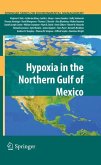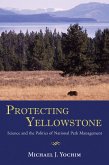
8,95 €
Sofort per Download lieferbar

Broschiertes Buch
2010
4. Mai 2012
Springer / Springer New York / Springer, Berlin
978-1-4614-2568-7
| Gebundenes Buch | 154,99 € | |
| eBook, PDF | 161,95 € |
Gebundenes Buch
2010
19. März 2010
Springer / Springer New York / Springer, Berlin
12252169,978-0-387-89685-4
Ähnliche Artikel

12,95 €
Sofort per Download lieferbar
eBook, ePUB
30. August 2002
Roberts Rinehart

10,87 €
inkl. MwSt. und vom Verlag festgesetzt.
Sofort per Download lieferbar

14,95 €
Sofort per Download lieferbar
eBook, ePUB
15. September 2014
Countryman Press

11,86 €
inkl. MwSt. und vom Verlag festgesetzt.
Sofort per Download lieferbar
eBook, ePUB
30. September 2005
Simon + Schuster LLC

6,99 €
Sofort per Download lieferbar
eBook, ePUB
12. Mai 2009
St. Martin's Publishing Group

25,95 €
Sofort per Download lieferbar

8,95 €
Sofort per Download lieferbar
eBook, ePUB
22. April 2024
Christian Faith Publishing, Inc.

9,88 €
inkl. MwSt. und vom Verlag festgesetzt.
Sofort per Download lieferbar

Ähnlichkeitssuche: Fact®Finder von OMIKRON

